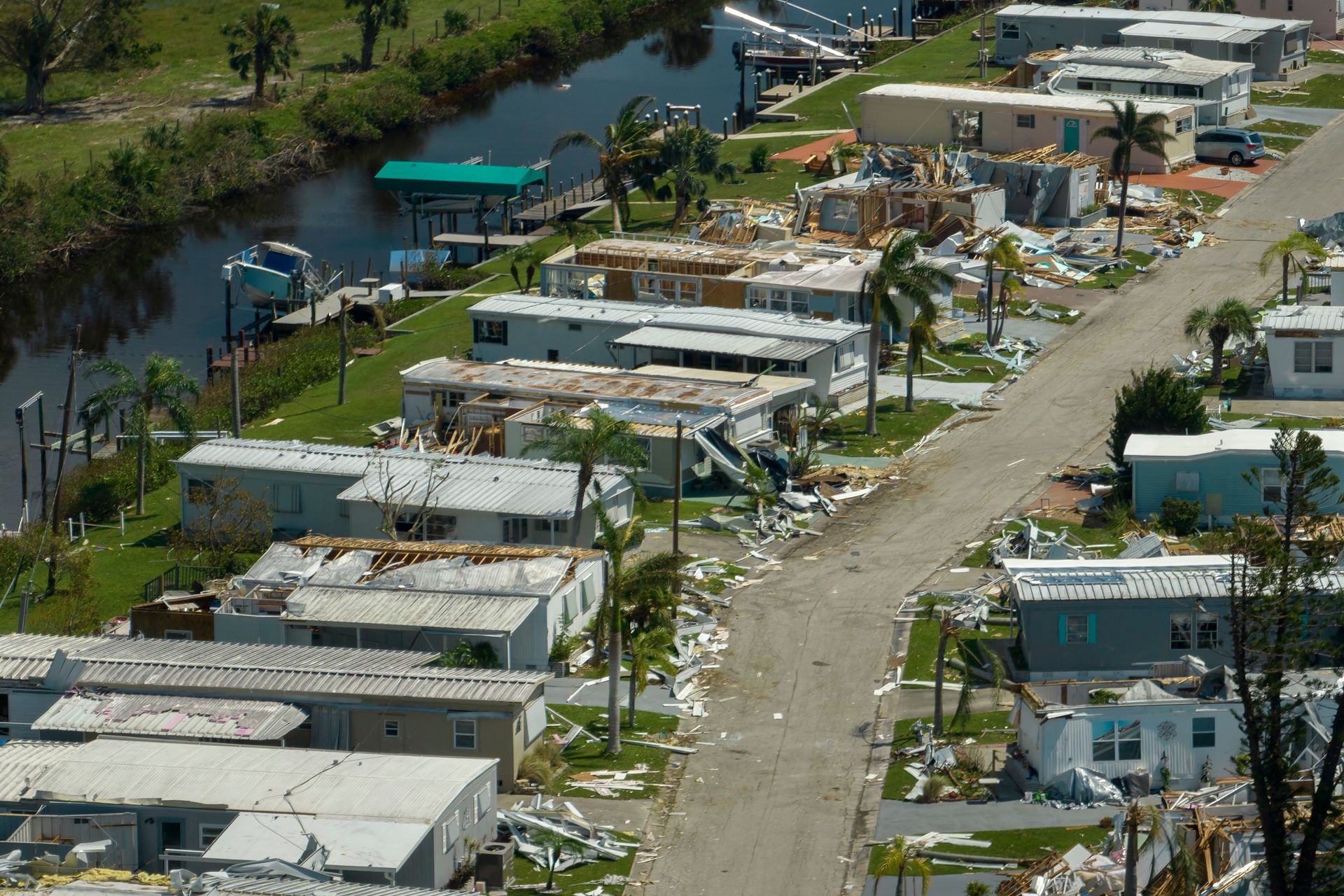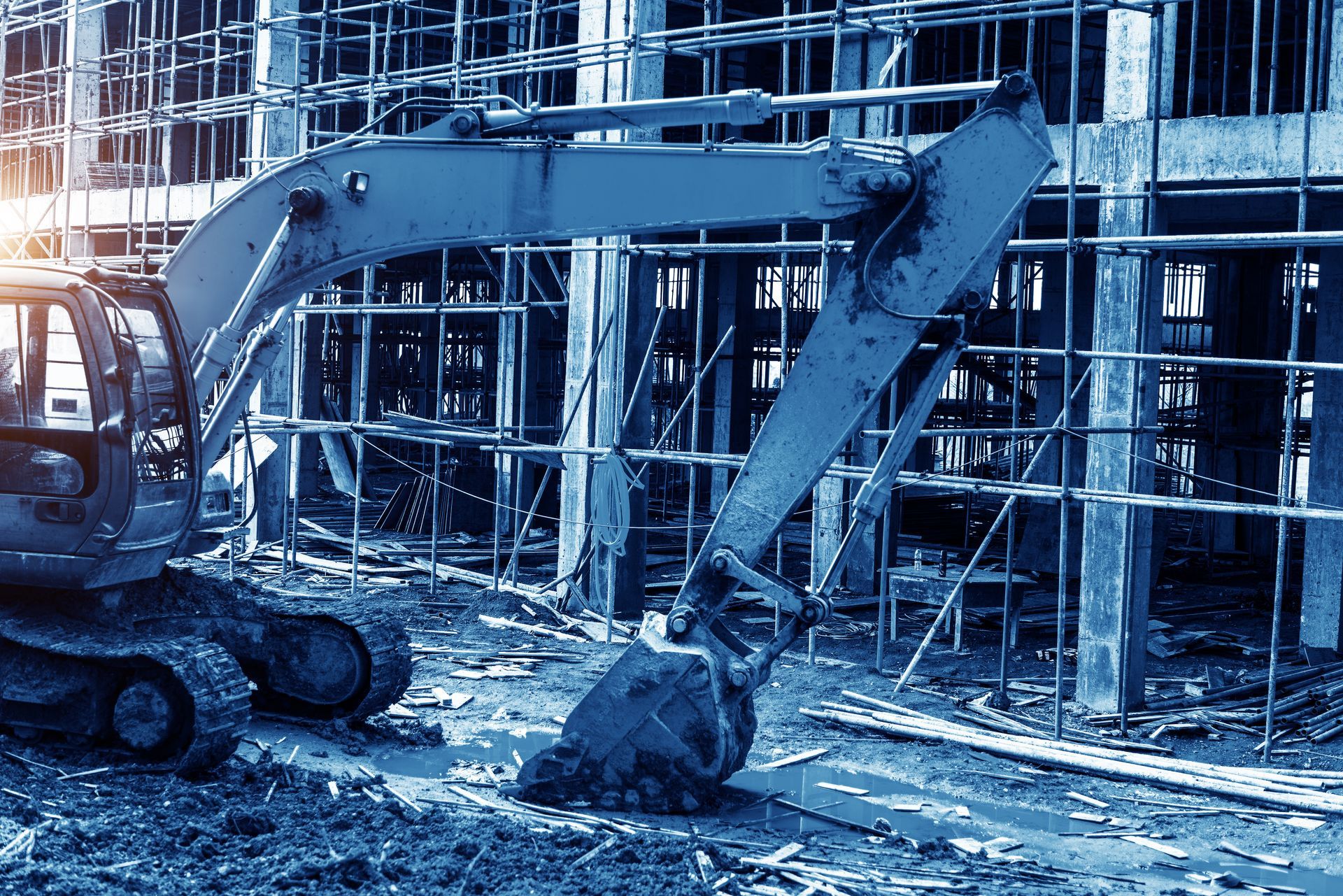How Important Are Environmental Impact Assessments?
A construction project can have far-reaching effects, and many of the consequences of building something new can be environmental. This is why environmental impact assessments are carried out before a new project gets off the ground. Our Harris County construction lawyers can help you ensure that you are doing your due diligence and that you are not missing any crucial steps as you prepare to build.
What Are Environmental Impact Assessments?
Environmental impact assessments can help determine exactly how a project will affect the surrounding area, but that’s not the only goal. Obviously, some things need to be built. We need housing, office buildings, and places where businesses can operate out of, but any massive construction project is sure to affect the environment.
So environmental impact assessments don’t just try to figure out how the environment will be affected. They also look for ways to mitigate any adverse effects. If a construction project has to create some kind of pollution, an assessment can at least look for ways to reduce how much is reduced.
What Do Environmental Impact Assessments Evaluate?
These environmental impact assessments look at a wide range of potential effects that construction projects could have on the area. Some things they seek to evaluate can include:
- Air pollution
- Land use
- Air quality
- Any effect on local water resources
- What kind of noise pollution will be created
- How waste from the project will be managed
These elements can affect the local environment and the living things that call it home, including plants, animals, and people. Environmental impact assessments can evaluate the ways that a new project will affect everyone and everything.
How Do Environmental Impact Assessments Work?
These assessments go through a few stages. Some crucial parts of the process include:
Screening and scoping : The first steps are to determine whether an assessment is needed and what kind of scope such an assessment should have.
Collecting baseline data : It’s necessary to have data about what the area was like before the project began. This means collecting information about air and water quality, soil composition, and what kinds of plants and animals live in the area. This is sometimes referred to as taking an environmental inventory.
The assessment itself : Once a baseline is established, it’s possible to figure out what kind of effects a new project could have on the environment.
Then a report can be prepared and the relevant regulatory authority can decide whether a project can move forward. Then additional monitoring can be done while the project proceeds to ensure that mitigation methods are effective and that there are no unexpected impacts to worry about.
Contact Our Construction Lawyers
Whether you have a legal dispute or you want help looking over a contract for that next big job, our experienced construction lawyers are ready to help you. Contact Patout & Shaw and schedule a consultation with our team today.
The post How Important Are Environmental Impact Assessments? appeared first on Patout & Shaw.











